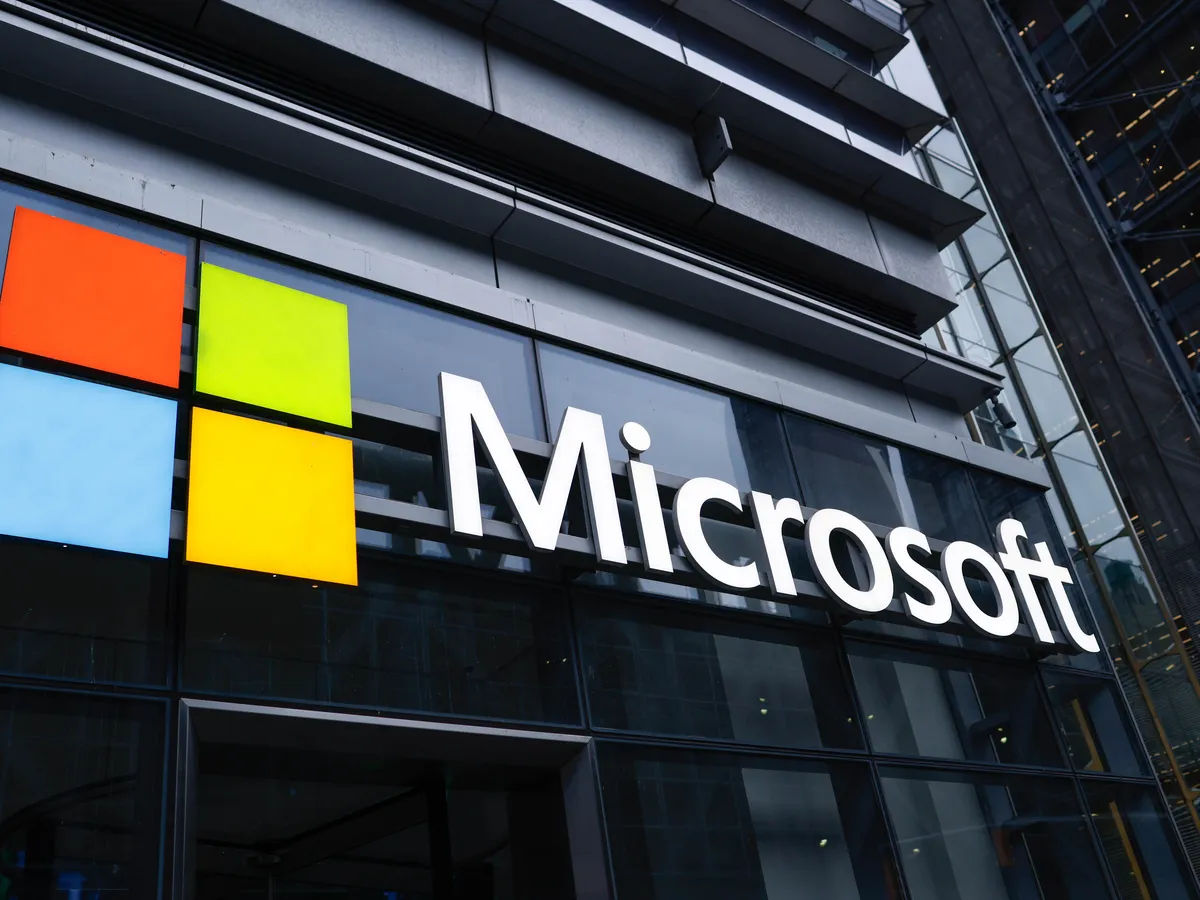
Top 3 Microsoft Office Exploits Hackers Are Using in 2025 (And How to Stop Them)
As Microsoft Office evolves into a fully cloud-integrated, AI-enhanced productivity suite, hackers are evolving too—exploiting new features faster than many organizations can secure them. In 2025, cybercriminals are combining AI, automation, and social engineering to turn Office into a powerful attack vector. Here are the top three threats and what you can do to stay ahead.
1. AI-Powered Phishing with Embedded Macros
What’s Happening:
Even with Microsoft blocking macros by default in downloaded documents, attackers are adapting fast. Using AI, hackers craft emails that mirror internal communication styles—often trained on stolen email data—and attach seemingly legitimate Word or Excel files. These files use clever social engineering (e.g., “click to restore formatting”) to trick users into enabling macros, which deploy info-stealers or ransomware.
How to Defend:
- Block Macros Organization-Wide: Use Group Policy or Intune to ensure macros are disabled by default, especially for internet-originated files.
- Use AI Email Filters: Employ security tools that detect GPT-style phishing, spoofed addresses, and unnatural patterns.
- Simulated Phishing Drills: Regular red-teaming can train staff to recognize realistic AI-based attacks.
2. Real-Time Collaboration Exploits
What’s Happening:
Office 365’s real-time co-authoring tools (Word, Excel, PowerPoint, Teams) allow live editing—but also create new attack surfaces. Attackers exploit vulnerabilities in the syncing or auto-save process, injecting malicious code that executes when documents are opened or synchronized across devices. Excel memory corruption and privilege escalation flaws are prime targets.
How to Defend:
- Attack Surface Reduction (ASR): Enable ASR rules via Microsoft Defender to block malicious behaviors (e.g., launching child processes).
- Control Sharing Permissions: Use Sensitivity Labels and MFA for document access; avoid “Anyone with the link” sharing.
- Patch Aggressively: Zero-day vulnerabilities are often weaponized quickly—automate updates for Office and Windows.
3. Malicious or Trojanized Add-in
What’s Happening:
Office add-ins offer expanded usefulness, but numerous are under-vetted. In 2025, assailants are making or seizing add-ins to pick up tireless get to to inboxes, OneDrive, and Groups. These add-ins mishandle OAuth tokens, regularly working noiselessly for weeks some time recently discovery.
How to Defend:
- Whitelist Add-ins: Only allow approved add-ins from trusted vendors using Microsoft 365 Admin Center.
- Audit Permissions: Review OAuth scopes regularly—flag any app with broad access like “read/write all emails.”
- Monitor API Usage: Use Microsoft Defender for Cloud Apps to detect suspicious access or exfiltration.
2025-Proof Security Methodologies
To go past fair responding, receive a security-first pose:
- Zero Trust Everything: Authenticate and authorize every access attempt—user, device, and app.
- Use Behavioral Analytics: Microsoft Sentinel or Defender XDR can detect patterns like rapid file downloads or login anomalies.
- Implement Conditional Access: Block risky sign-ins based on user behavior, IP, or device health.
- Quarterly Security Audits: Review access rights, add-ins, and collaboration permissions regularly.
conclusion
Microsoft Office remains essential—but it’s moreover a prime target. Cyber assailants in 2025 are more intelligent, quicker, and frequently AI-assisted. To protect your organization, combine specialized controls with proactive client instruction and persistent observing. The more helpful Office gets to be, the more imaginative programmers will be—so make beyond any doubt your guards advance fair as rapidly.
